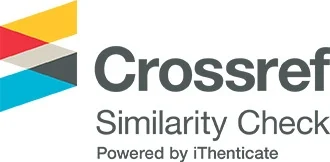Review of Migraine as a Neurovascular Disorder: Causes, Biochemical Changes, and Comparative Treatments
DOI:
https://doi.org/10.65137/lmj.v10i2.252Keywords:
Migraine, Aura, Triggers, Triptans, GepantsAbstract
Migraine is a chronic neurovascular disorder and one of the most disabling neurological conditions worldwide. It is characterized by recurrent attacks of unilateral, pulsating headache accompanied by nausea, photophobia, and phonophobia, with or without aura. Both genetic and environmental factors contribute to its pathogenesis. Genome-wide association studies have identified multiple susceptibility loci, while hormonal fluctuations, stress, sleep disturbance, and dietary factors act as common triggers. Biochemically, cortical spreading depression, activation of the trigeminovascular system, and release of calcitonin gene-related peptide (CGRP) and serotonin dysregulation are central to attack generation. Epidemiological studies reveal that migraine affects over one billion people globally, with a higher prevalence among women, particularly during reproductive years, underscoring the role of sex hormones. Acute management includes NSAIDs, triptans, gepants, and lasmiditan, with antiemetics for nausea. Preventive strategies are indicated in frequent or disabling attacks and include beta-blockers, topiramate, valproate, antidepressants, and the newer anti-CGRP monoclonal antibodies. Non-pharmacological approaches such as lifestyle modification, trigger avoidance, cognitive behavioral therapy, and neuromodulation devices complement drug therapy. Advances in targeted treatments have improved outcomes, but equitable access remains a challenge. Optimized, individualized therapy offers significant potential to reduce disability and improve quality of life for patients with migraine.
Downloads
Published
Issue
Section
License
Copyright (c) 2025 Lebda Medical Journal

This work is licensed under a Creative Commons Attribution-NoDerivatives 4.0 International License.








